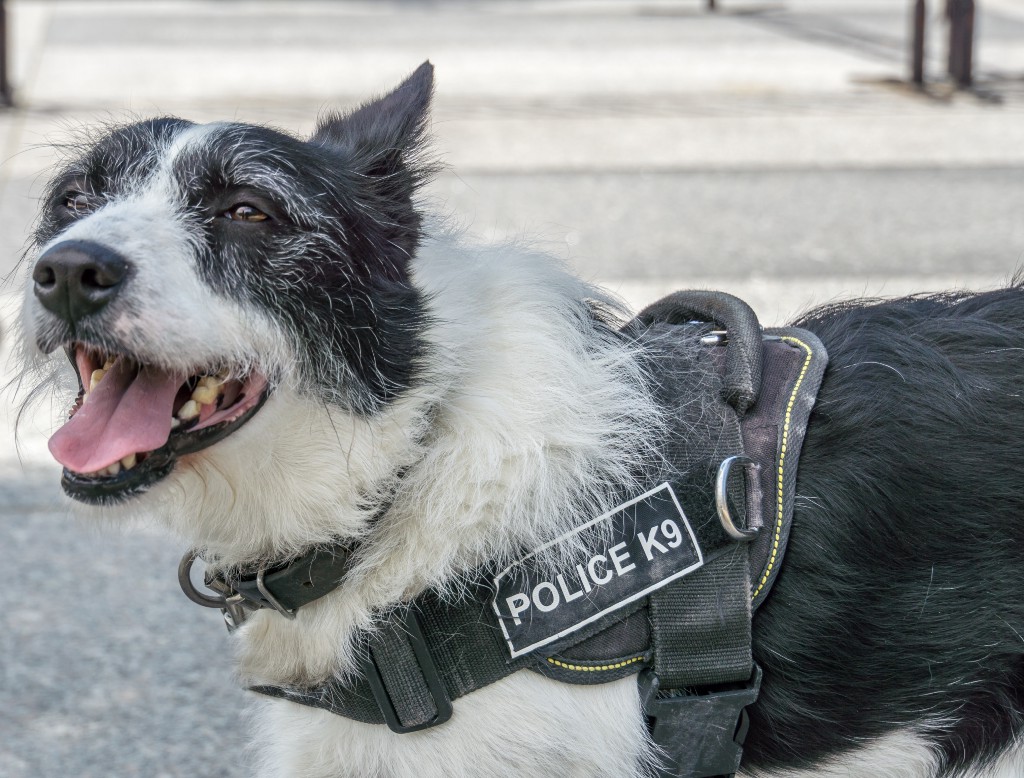Witnesses Can Identify Criminals With Their Eyes Closed — Here’s How
by DanielJ.Scotti@omgfacts.com, 9 years ago |
3 min read
Witnesses Can Identify Criminals With Their Eyes Closed — Here’s How
Crime stinks.
For ages, our sense of smell was considered to be weaker than that of other mammals, like dogs, for instance. That’s why when you’re walking through airport security, there will typically be a German Shepherd on a leash, sniffing for bombs—not a man with his nose up, smelling your bags. But, on the heels of some new research, it seems we humans might have a better sense of smell than we’ve historically gotten credit for.
✕
Do not show me this again
